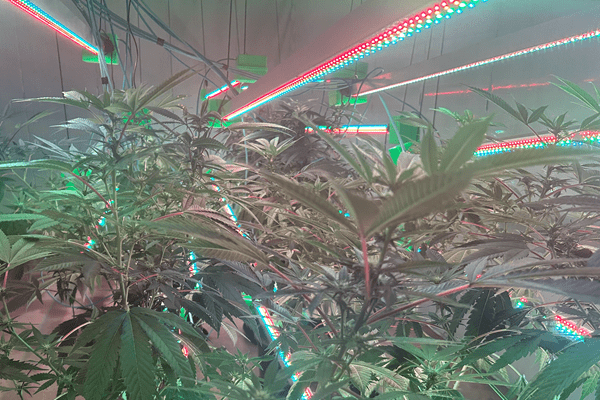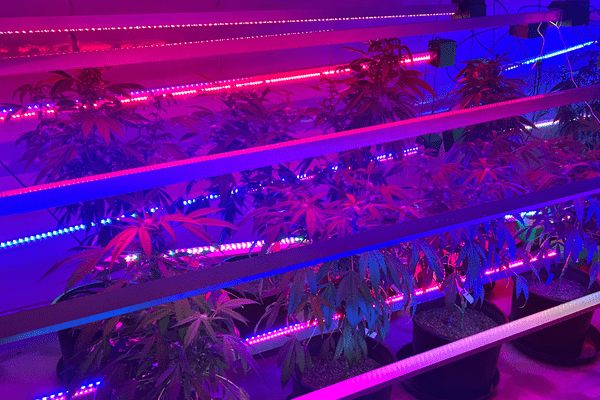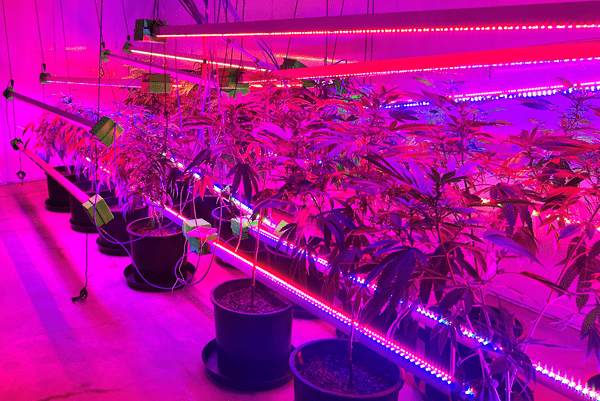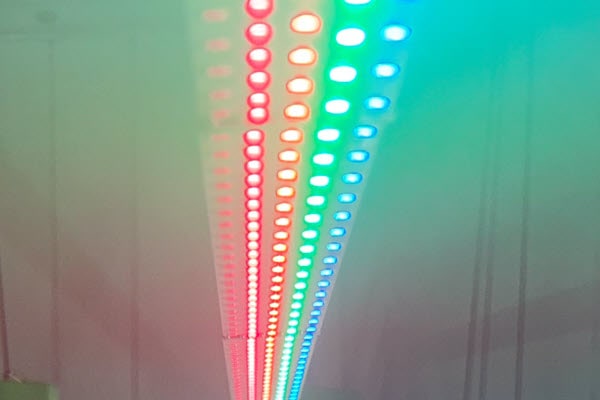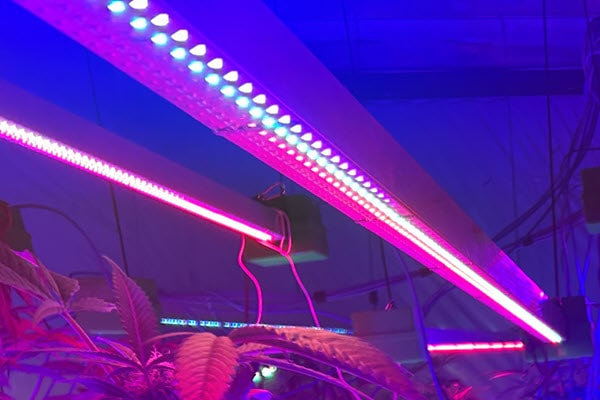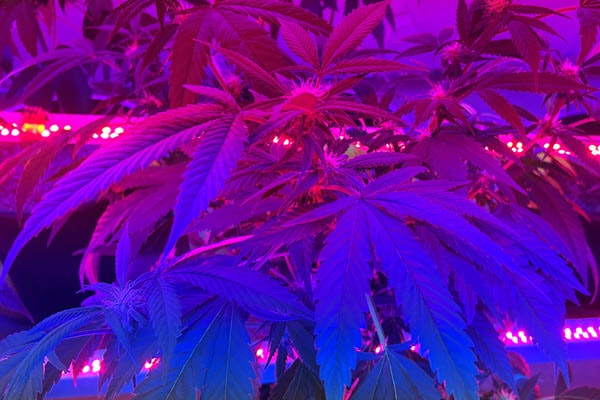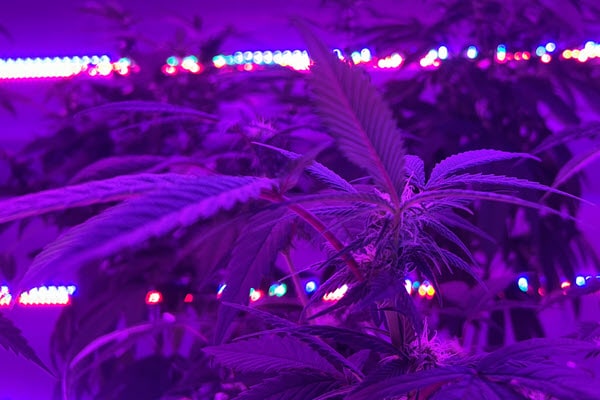PoE Lighting R&D Kit
We are offering a Research & Development (R&D) Kit built with the first generation of PoE Lighting, originally manufactured in 2022. This $10,000 package includes sixteen 8-foot light rails and the PoE equipment to run them, giving you everything needed to conduct a full test grow.
We chose to package the first generation system for the R&D Kit because PoE Lighting requires a shift in growing methodology. To unlock the promised savings and crop performance, you’ll need to follow the unique PoE growing guidelines—adjusting your approach to spectrum, canopy distance, side/under-canopy lighting, and light recipes. This kit gives you the perfect way to experiment, learn, and prove the system’s benefits in your own facility before our next-generation lighting launches in Q1 of 2026. That new system will be several times more powerful, and if you’ve refined your grow methodology in advance, you’ll be ready to scale immediately.
Proven Innovation from A4 Cyber-Physical Manufacturing
PoE Lighting was pioneered by A4 Cyber-Physical Manufacturing Inc. as an advanced, low-heat, high-efficiency solution for commercial indoor cultivation. Over more than two years of testing—including trials at an 8,000 sq. ft. Canadian indoor farm—the system demonstrated consistent photon output, superior crop quality, and significant energy savings across a wide variety of crops. Thousands of operational hours confirmed that indoor farming can be both productive and profitable when paired with efficient lighting.
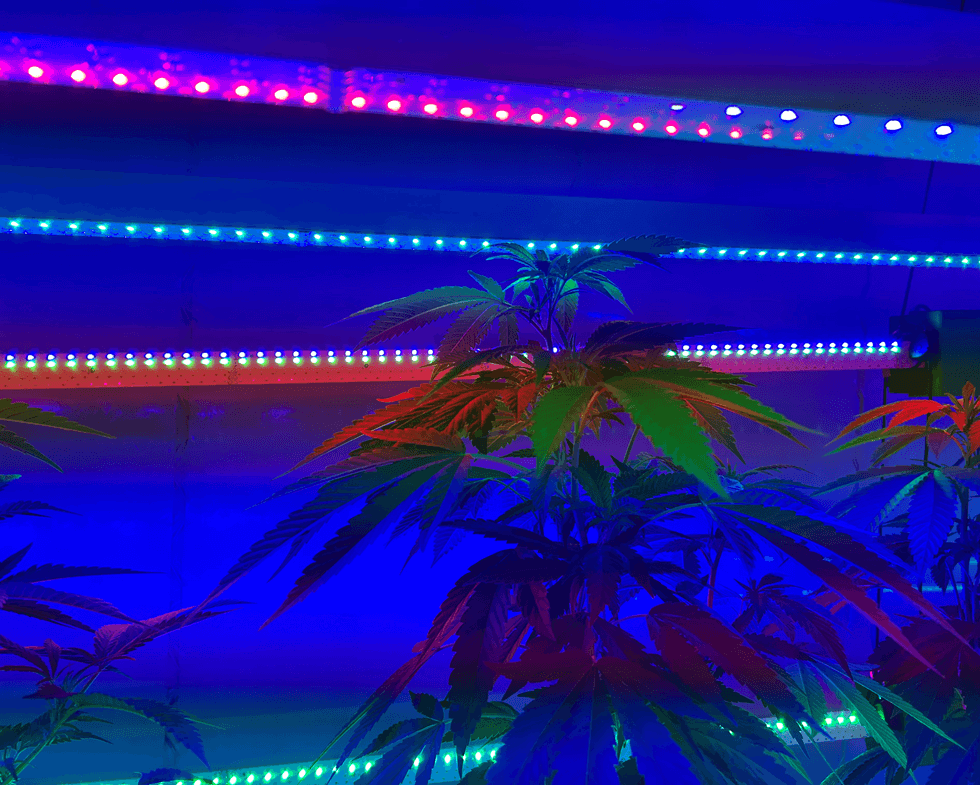



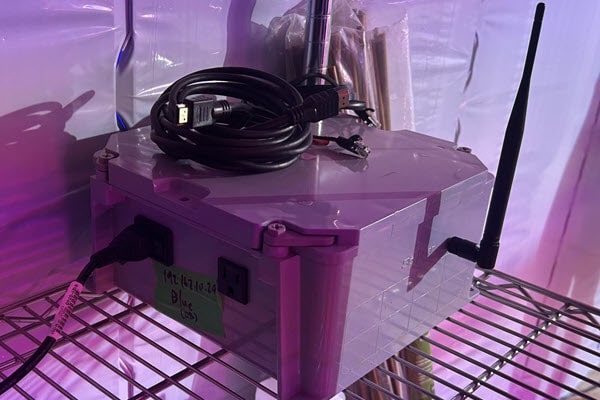

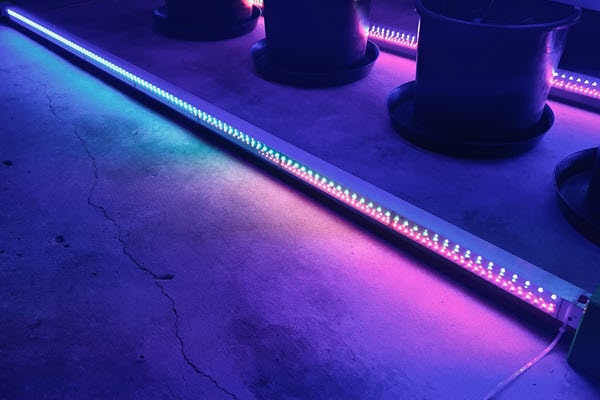
Why the R&D Kit Makes Sense First
- Hands-On Experience: Growers can see for themselves how PoE lighting changes the fundamentals of crop production.
- Affordable Entry: At $10,000, the kit is priced far below the cost of new, state-of-the-art systems, lowering barriers to trial.
- Proven ROI Potential: Facilities that adopt the PoE growing style have reported 30–80% power savings, reduced HVAC needs, and improved crop uniformity.
- Future-Ready: By running R&D now, you’ll be well positioned to adopt the 2026 second-generation system, which will deliver exponentially greater performance.
What Makes PoE Lighting Different
- Targeted Spectrum – Five precise bands: blue, green, red, deep red, and far-red for maximum photosynthesis.
- Low Heat Operation – Fixtures run at just 72 °F, reducing HVAC demand.
- Close Canopy Placement – Lights can be positioned inches from the canopy without stress or bleaching.
- Side and Under-Canopy Lighting – Promotes growth and quality throughout the plant.
- Dynamic Light Recipes – Adjust spectrum and intensity by growth stage for optimal performance.
- Efficiency at Scale – Each 75-watt rail delivers 500 PPFD with 36 possible configuration layouts.
- 30–80% Energy Savings – Lower power bills, less HVAC, and reduced environmental load.
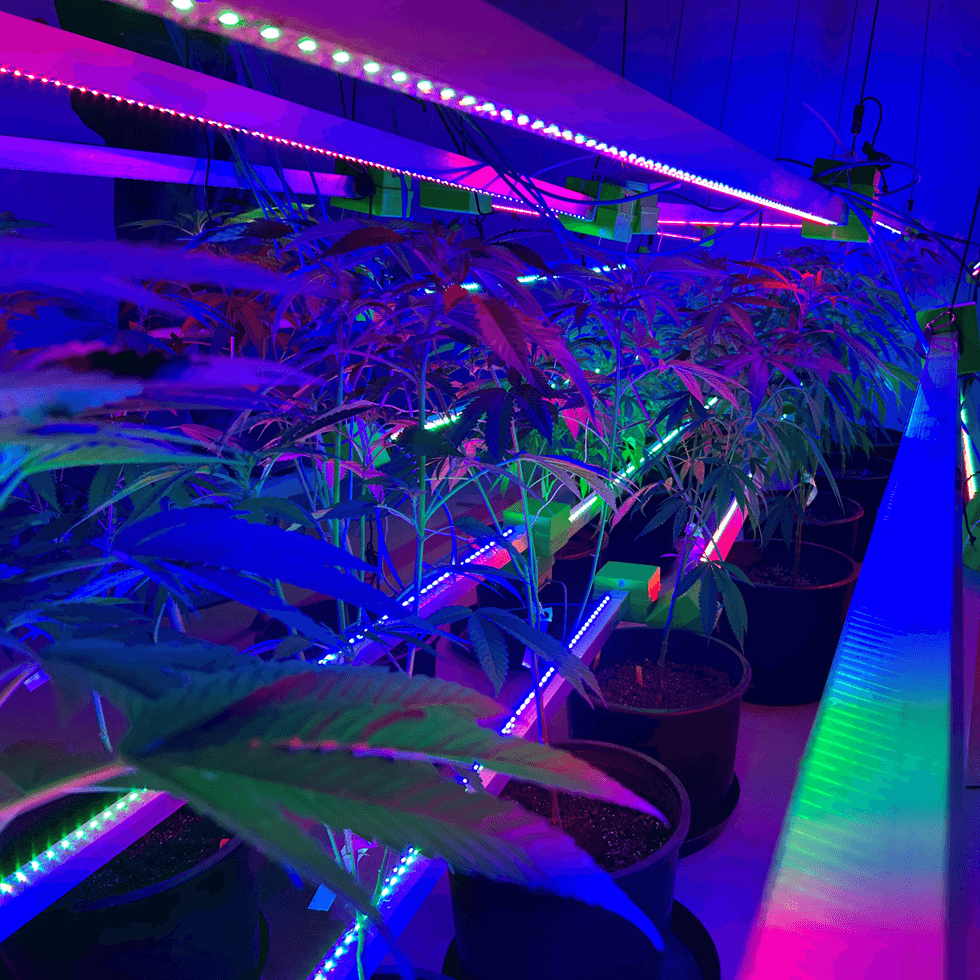
Test Grow Description – 15 Cannabis Plants with PoE Lighting
This test grow is designed to evaluate the performance of Power-over-Ethernet (PoE) horticultural lighting for cannabis cultivation in a controlled, small-scale environment. The setup involves 15 cannabis plants (mixed strains) grown in a 4′ x 8′ grow area, managed under tightly controlled conditions to validate spectrum recipes, diurnal light shifts, canopy management, and energy efficiency.
Grow Environment
Grow Area: 4 feet wide x 8 feet long
Plant Count: 15 plants (arranged in 3 rows of 5)
Temperature: Constant 72°F (22°C) for optimized metabolism and transpiration
Relative Humidity: Balanced for stage (65% early veg, tapering to 50% during late flower)
Lighting Fixtures:
8-foot PoE LED lights with linear one-sided diodes
3 fixtures above canopy (primary PPFD source)
2 fixtures mounted vertically on each side (side fill for dense canopies)
2 fixtures under the canopy (bottom lighting to stimulate lower bud sites)
Lighting Strategy
The PoE lights deliver precision-targeted spectrum control, designed to mimic natural sunlight shifts across the day while optimizing cannabis photosynthetic action spectrum.
Stage-Based Light Recipes
1. Vegetative Stage (3 weeks)
Photoperiod: 18 hrs on / 6 hrs off
Spectrum:
Blue (450–455 nm): 25%
Green (520–525 nm): 10%
Red (620–625 nm): 40%
Deep Red (655–660 nm): 15%
Far Red (730–735 nm): 5%
Purpose: Encourage compact growth, strong stems, and dense node stacking.
2. Flowering Stage (8 weeks)
Photoperiod: 12 hrs on / 12 hrs off
Spectrum Adjustments Week by Week:
Weeks 1–2: Blue 15%, Green 12%, Red 42%, Deep Red 20%, Far Red 6%
Weeks 3–5: Blue 10%, Green 10%, Red 45%, Deep Red 22%, Far Red 8%
Weeks 6–8: Blue 8%, Green 8%, Red 47%, Deep Red 23%, Far Red 10%
Purpose: Transition from stretch control into resin expression and finish with heavy emphasis on red/far red for robust flowering and terpene development.
Diurnal (Daily) Light Pattern
To reduce plant stress and more closely mimic the sun’s cycle, the system integrates diurnal spectrum shifts:
Sunrise (first 30 min): Warmer tones with increased red/far red to ease plants into photosynthesis.
Midday Peak (6 hrs): Maximum PPFD with higher blue/red balance for optimal photosynthesis and cannabinoid production.
Afternoon Transition (last 30 min): Gradual dimming with more far red to signal dusk and promote phytochrome conversion, supporting flowering signals.
Objective of the Test
This trial is not solely yield-focused but is intended to provide a holistic growing experience with PoE Lighting, including:
- Evaluating ease of use with spectrum control and PoE power delivery.
- Monitoring canopy uniformity with multi-angle lighting (top, side, and under-canopy).
- Documenting plant morphology, resin production, terpene expression, and bud density under precision light recipes.
- Demonstrating consistent results in a close-canopy system at 72°F operating temperature with low-heat LED rails.
By completing this test grow, cultivators gain first-hand experience with the LumaG PoE Lighting system, validating both energy efficiency and biological effectiveness in cannabis production.
